Introduction
If you love Hue’s traditional craft villages and would like to admire the skillful hands of the local artists making pottery and ceramics, you must pay a visit to Phuoc Tich Ceramics Village.
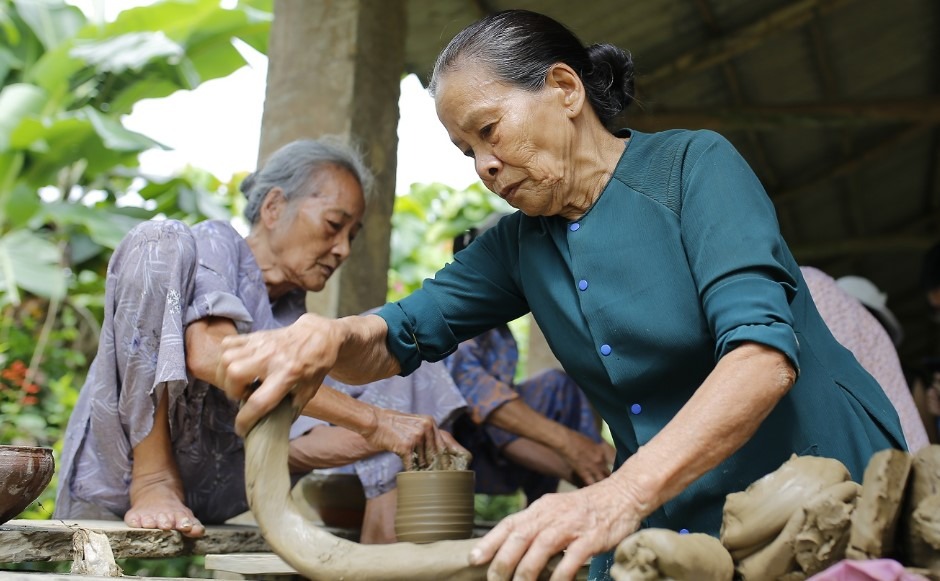
Leaving behind the hustle and bustle of life, Culture Pham Travel will take you to a peaceful place not only contains a rich culture and history but also has a natural beauty that makes people feel relaxed. Let’s explore Phuoc Tich Ceramics Village.
- You may be interested in our Hue Tours such as Bach Ma National Park Tour, Da Nang to Hue Day Trip, Hoi An to Hue Day Trip, Hue to Hoi An Private Car
Phuoc Tich Ceramics Village Location
Phuoc Tich is an ancient village in Phuoc Phu village, Phong Hoa commune, Phong Dien district, Thua Thien Hue province. Phuoc Tich village is about 40km north of Hue city center.
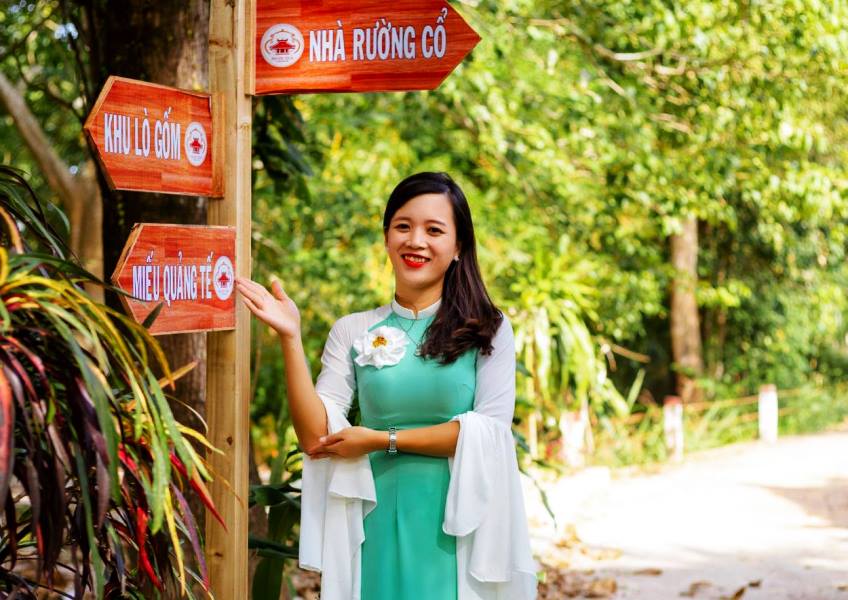
The fastest way to get to Phuoc Tich village is to take Ly Thai To street. Then, continue straight to National Highway 1A and turn onto Highway 49B. Continue going about 1km to reach Phuoc Tich village, after crossing the bridge of the same name.
The village has a special position, located between the two provinces of Quang Tri and Thua Thien Hue. There is a gentle O Lau river, which surrounds nearly ⅔ of the village. Therefore, when viewed from above, Phuoc Tich village is shaped like a wine jar or a horseshoe.
Phuoc Tich Pottery Village History
Phuoc Tich ancient village was established in 1470. At that time, under King Le Thanh Tong, the ancestor of the Hoang family, Hoang Minh Hung, returned after defeating the Champa Kingdom army. He realized that this area was a good land and had established the village. This is detailed in the Hoang family genealogy.
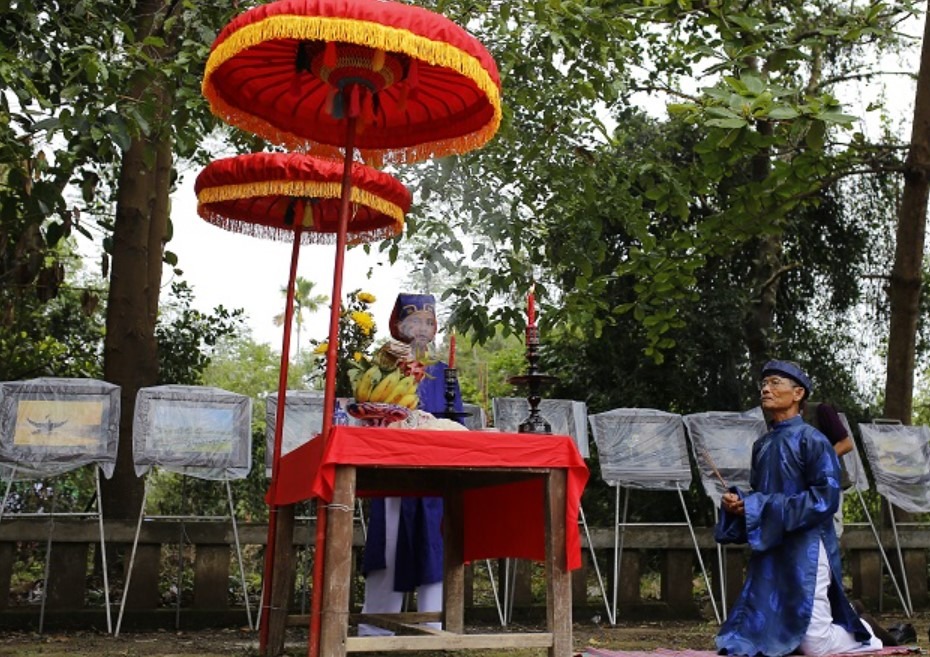
In the early days, the village was named Phuc Giang, Phuc in the word “blessing”, Giang means river. With the desire that the village next to the river has blessings like the name itself. Under the Tay Son Dynasty, the village was renamed Hoang Giang to commemorate the Hoang family who had cultivated this land. In 1802, when King Gia Long ascended the throne, he named the village Phuoc Tich as the wish of the people to accumulate blessings for future descendants.
Phuoc Tich Pottery and Ceramics Profession
Phuoc Tich village is famous for its pottery making. This land has no fields for people to cultivate and plant. People can only live by making pottery. Phuoc Tich pottery is made from clay and fired by traditional methods.
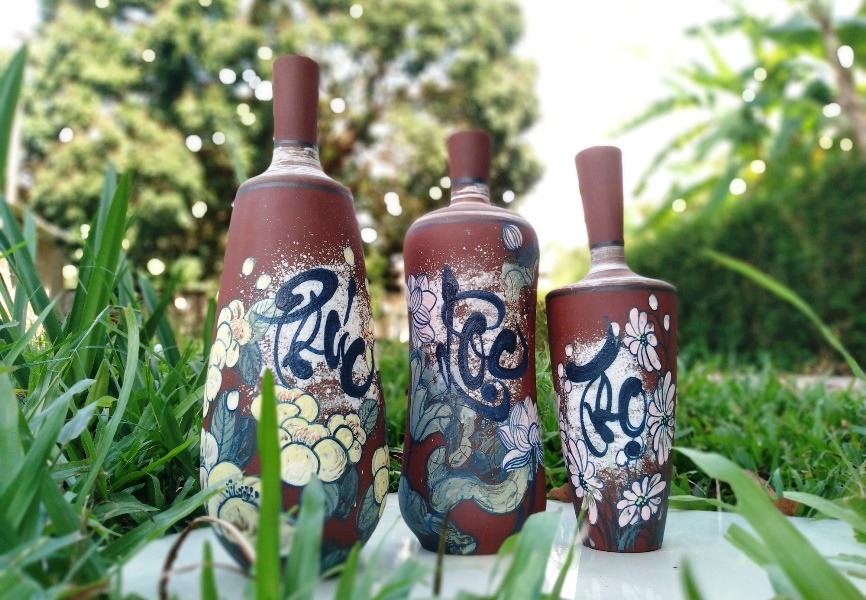
Phuoc Tich ceramic products are famous everywhere, not only because of their durability but also because of their unique style and colors. Although the products are not glazed after firing, they still have a floating glaze outside, which is not permeable.
In the flourishing period, Phuoc Tich pottery was brought to trade throughout the central provinces. The banks of the O Lau River have 12 wharves, representing the 12 zodiac animals.
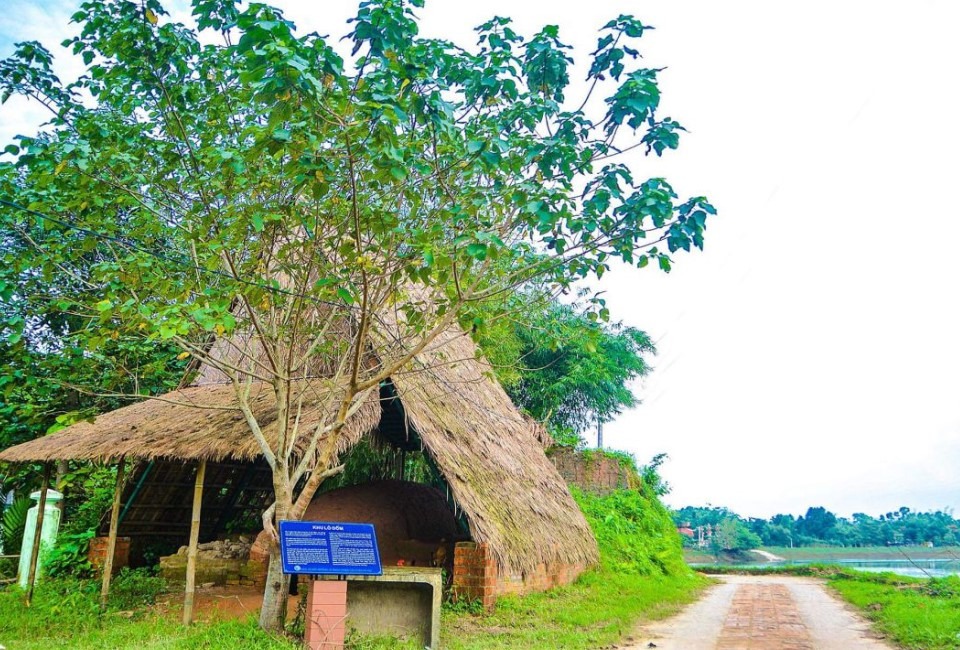
The whole village has more than 10 red pottery kilns that burn day and night, bringing wealth and fame through generations. Phuoc Tich ceramic products are also used to offer the king. The most famous is the “pot” to cook rice for the king.
Nowadays, the village is put into tourism activities, and some pottery kilns are back in operation to serve visitors. Ceramic products are increasingly improved in terms of design and quality. By artisans and a few young people with the desire to revive the famous pottery craft in the village.
Things to do in Phuoc Tich pottery Village
Cycling Around The Village
Experiencing many ups and downs in history, Phuoc Tich still retains its pristine features with the daily life of Vietnamese villages. Besides the green and gentle O Lau river, the ancient village has its own unique beauty that combines the beauty of nature and people here.
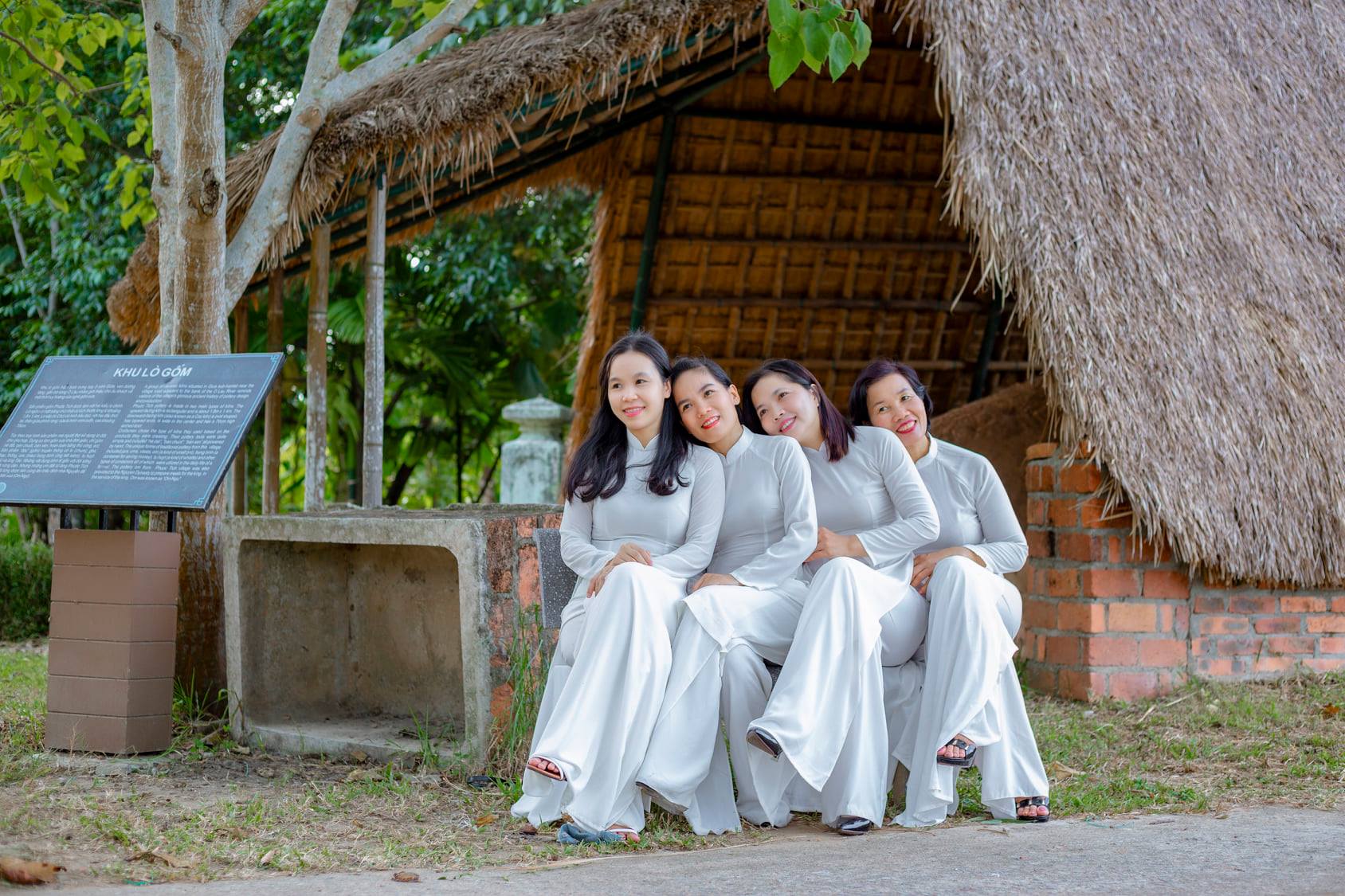
The ecosystem of Phuoc Tich village is very rich with many kinds of lush trees, and shady roads. Especially people’s gardens have a lot of fruit trees such as litchi, jackfruit, etc. You can rent bicycles to visit the old houses in the village and feel the fresh air under the tree-lined streets.
Admire the Ruong Houses
Phuoc Tich ceramics village has a system of ancient “Ruong houses” with great cultural value. With the typical architectural art of Hue, there are three compartments with two wings and one compartment with two wings, carved with extremely meticulous and sharp patterns.
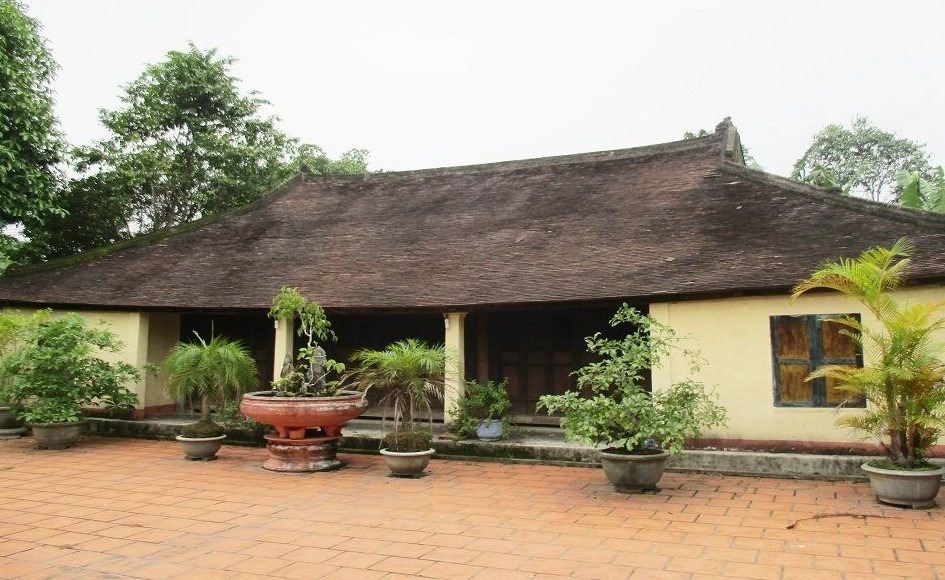
There are more than 30 Ruong houses with a lifespan of hundreds of years. However, only the elderly look after and preserve because the generations of their descendants go to work far away. In recent years, most of the houses have been cared for and repaired by the state. This is the place to store cultural values and attractive tourist attractions of the village.
Visit religious relics
Ba Temple is the sacred place of the village. There is a gold apple tree over 700 years old here, a living witness of the village. Over time, the gold apple tree still thrives and becomes a feature of this place. The gold apple tree Temple is the place to worship the goddess Ponagar – a sacred symbol of the Cham people. This place is a spiritual place with extremely deep spiritual values of the people in the village.
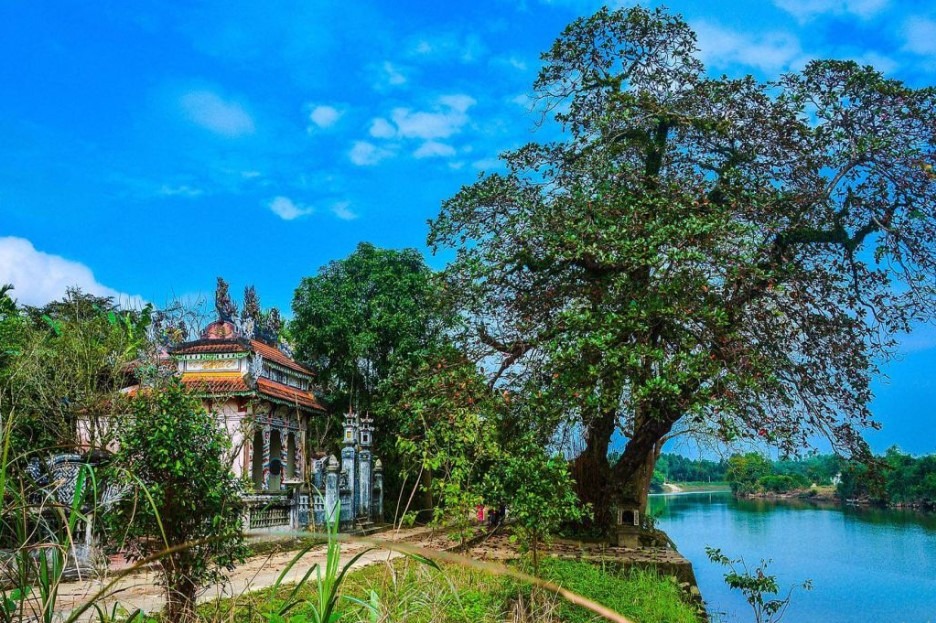
Phuoc Tich pottery village also has many other places with bold beliefs of the people of Hue such as family temples, Doi Temple, and Phuoc Buu Pagoda.
Visit the ceramics museum
With a passion for pottery making, Mr. Le Trong Dien built a house to keep all the quintessence of the pottery craft of Phuoc Tich village. This is the only collection that has a full range of products such as pots, pans, mortars, oil lamps, lime pots, jars, etc from the heyday of pottery.
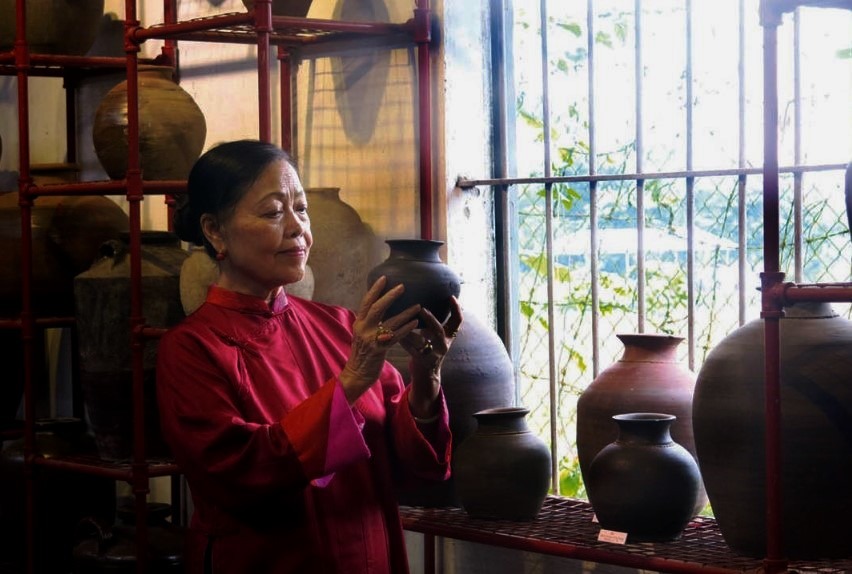
Enjoy the Phuoc Tich Village specialty
The people of the village are not only skillful with pottery making but also at baking. Making cakes became the livelihood of the people when the pottery kilns were no longer in operation. The famous cakes in the village such as Phu The cake, Gai leaf cake, purple potato cake, etc. All are made to serve tourists and people in the region.
Phuoc Tich Village Hue is the second ancient village in Vietnam recognized as a National Monument in 2009. This place brings the peaceful beauty of a village that is now more vibrant. Because of the revival of the pottery profession and other attractive activities. The Culture Pham Travel & Transport is sure, the village will bring you a lot of interesting experiences.



Pingback: Hue Traditional Craft Villages - Culture Pham Travel